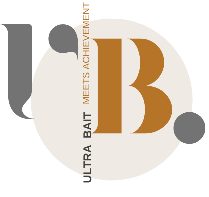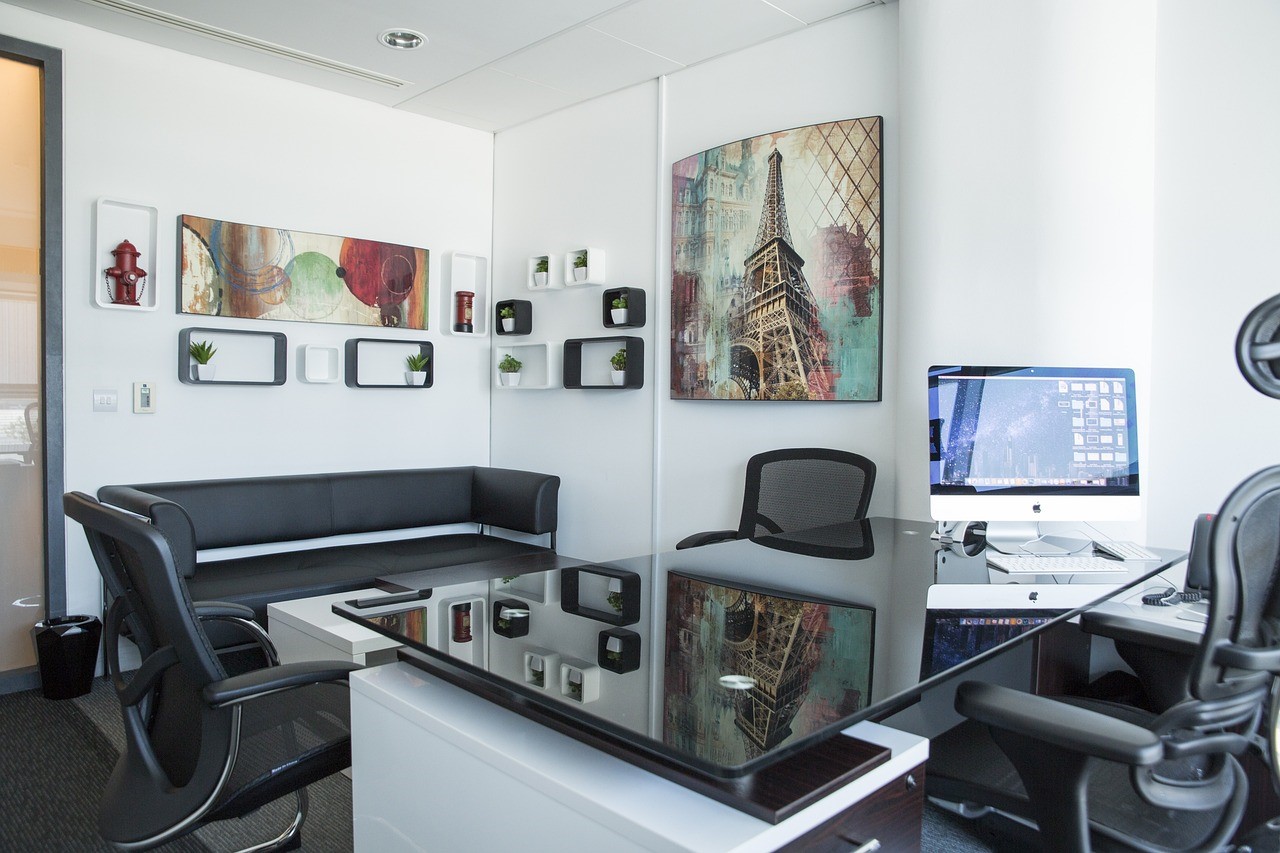The landscape of work has undergone a significant transformation with the rise of remote work. As businesses adapt to the changing dynamics of the workforce, rethinking office space strategies becomes crucial. This article explores the challenges and opportunities presented by the remote work trend, offering insights on how businesses can adapt their office spaces to align with the evolving needs of their teams.
1. Understanding the Remote Work Revolution:
The rise of remote work has become a defining feature of the modern work environment. Understanding the factors contributing to this revolution, such as technological advancements, changing employee preferences, and global events, is the first step in adapting your office space strategy. Businesses need to recognize that flexibility and adaptability are now key components in the ever-evolving world of work.
2. Hybrid Work Models: Balancing Flexibility and Collaboration:
Hybrid work models have emerged as a solution that balances the flexibility of remote work with the benefits of in-person collaboration. Designing office spaces that support a hybrid model involves creating environments where employees can seamlessly transition between remote and in-office work. Spaces should be equipped with technology that facilitates virtual collaboration while providing amenities that make the office an attractive and functional workspace.
3. Agile Office Layouts: From Assigned Desks to Hot Desking:
Traditional office layouts with assigned desks are giving way to more agile and flexible setups. Embracing hot desking, where employees can choose their workspace based on daily needs, promotes flexibility and optimal space utilization. The Square Bowen Building is a prime example, showcasing how agile office layouts can create dynamic and adaptable environments that cater to the varying needs of a modern workforce.
4. Setting up a Satellite Office: Extending Your Reach:
Setting up a Satellite Office is a strategic move for businesses looking to extend their reach and accommodate remote work trends. Satellite offices offer a physical presence in different locations, catering to geographically dispersed teams and providing a workspace for employees who prefer working closer to home. This approach not only enhances flexibility but also strengthens the company’s overall resilience.
5. Technological Integration for Seamless Collaboration:
Technological integration is paramount in adapting office spaces to the rise of remote work. Invest in advanced communication tools, collaborative software, and virtual meeting solutions to ensure that remote and in-office teams can seamlessly collaborate. The Square Bowen Building incorporates cutting-edge technology to support a hybrid work model, emphasizing the importance of staying at the forefront of workplace technology.
6. Emphasizing Employee Well-being: Creating a Supportive Environment:
The remote work trend has highlighted the importance of prioritizing employee well-being. Adapting office spaces involves creating supportive environments that prioritize mental and physical health. Consider incorporating wellness areas, ergonomic furniture, and natural elements into the office design. The Square Bowen Building integrates these elements to create an environment that fosters well-being and employee satisfaction.
7. Flexible Leasing Options: Navigating Uncertainty:
Given the uncertainties in the business landscape, flexible leasing options are gaining popularity. Businesses are opting for furnished office spaces that allow for easy scaling up or down based on evolving needs. This approach provides financial flexibility and mitigates risks associated with long-term leases. Adapting office space strategies involves exploring these flexible leasing options to align with the unpredictability of the remote work landscape.
Conclusion:
The rise of remote work is reshaping the way businesses think about office spaces. Adapting your office space strategy involves embracing flexibility, technology, and employee well-being to create environments that align with the evolving needs of the workforce. Whether setting up satellite offices, incorporating agile layouts, or prioritizing technological integration, businesses must be proactive in redefining their office spaces. The Square Bowen Building stands as an example of innovation, showcasing how a dynamic and adaptable workspace can cater to the demands of the remote work era.
FAQs:
1. How Can Businesses Benefit From Setting Up A Satellite Office In The Context Of Remote Work?
Setting up a satellite office offers several benefits in the context of remote work. It provides a physical presence in different locations, allowing businesses to accommodate geographically dispersed teams and offer workspace options for employees who prefer working closer to home. This approach enhances flexibility, fosters team collaboration, and strengthens the overall resilience of the company in the face of remote work trends.
2. How Does Technological Integration Contribute To Adapting Office Spaces To Remote Work Trends?
Technological integration is crucial in adapting office spaces to remote work trends by providing tools that facilitate seamless collaboration between remote and in-office teams. Advanced communication tools, collaborative software, and virtual meeting solutions ensure that employees can work effectively regardless of their physical location. Embracing technology, as seen in The Square Bowen Building, supports a hybrid work model and keeps businesses agile in the remote work era.
3. What Role Do Flexible Leasing Options Play In Adapting Office Space Strategies To Uncertainty?
Flexible leasing options play a significant role in adapting office space strategies to uncertainty by providing businesses with the ability to scale up or down based on evolving needs. Opting for furnished office spaces with flexible leasing terms offers financial flexibility and mitigates risks associated with long-term leases. This approach allows businesses to navigate uncertainties in the business landscape while maintaining adaptability in their office space strategy.

